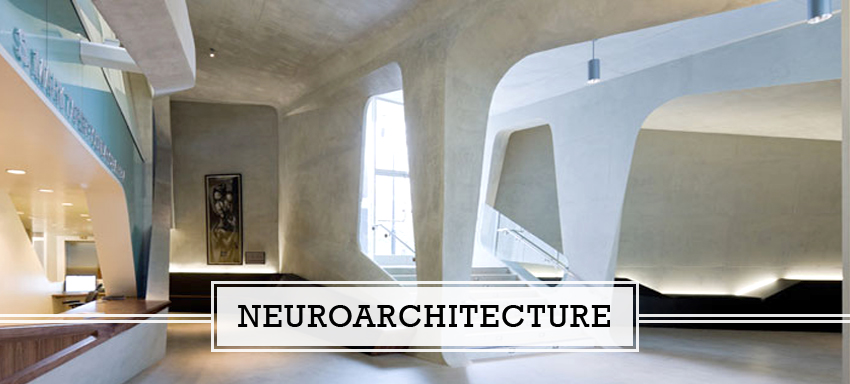
Home is a dwelling place where people contribute their supreme time. These dwelling places affect you and your living style either positively or negatively based on architectural design. Architecture can trigger emotions which play a significant role in affecting the sense of well-being and emotions. The science behind this is known as Neuroarchitecture.
In our home how we design and how we style our space greatly influences our mood and emotions. The complete environment has a distinct psychological impact on our subconscious mind.
Here are the 5 aspects of your house which may deeply affect you in body, mind, or spirit, together with the tips for creating a positive home environment that will nurture you and your family:
1. Colors.
Studies had proven that Color used and applied in an architectural structures influences people and their thoughts. Color leaves an impression on the mind and conveys the message which plays a significant role in creating the psychological mood or ambiance.
Color tone, placement, proportion, and combination influences us in several ways by making us move quickly or slowly, feel more relaxed, eat more, increase productivity and even spend more.
Pastel yellow gives the impression of sunny, friendly, soft.
Red is arousing, passionate, provocative, fiery, aggressive.
Green is balancing, natural, calm with the message of simplicity, security, balance.
White expresses open, vast, neutral, sterile.
2. Lightings
Light is referred to as 4th dimension of an architecture. It impacts on how we think, how we feel and how we occupy. Light can make us feel alert and calm depending on whether cool or warm light is present.
With the help of natural light patients in hospitals recover faster and pupils in school perform better. Visible light helps the human body to regulate the production of a hormone called Melatonin which helps our body clock affecting sleeping patterns and digestion.
3. Green Techniques
Psychologists say green is good. Looking out over a natural green landscape reduces mental fatigue and increases the ability to pay attention.
When you are in the middle of intense concentration or learning a new skill, avoid seeing the roses which will give you renewed energy.
And if you are stuck with an urban cityscape outside your window, bring nature into your home via a collection of well-loved houseplants and let your gaze linger on them often.
4. Ceiling height
A recent research has suggested that ceiling height affects the way people think and act. When a person is in a space with a 10-foot ceiling, they are able to think more freely and more abstractly.
Higher ceilings apparently make a home’s occupants feel freer physically and cognitively. Lower ceilings are preferable when you need to focus on a detail-oriented task. Interestingly, it’s not the actual room height that makes the difference but rather your perception of it. So if you’re a creative type looking for inspiration, you might want to use lighting or paint to virtually raise the roof.
5. Shapes
Pointy corners on furnishings or countertops are hazardous to live with. Sharp edges are perceived as dangerous, making it hard for us to relax in a room whose design includes too many abrupt angles. The solution? Incorporate some curves into your home decor. This can be as simple as sewing some curvy cushions or hanging a circular mirror, for example.
When your architecture can connect emotionally with its occupants, its message, and its meaning can be felt more deeply. Thus, more readily leaving a lasting impression.
